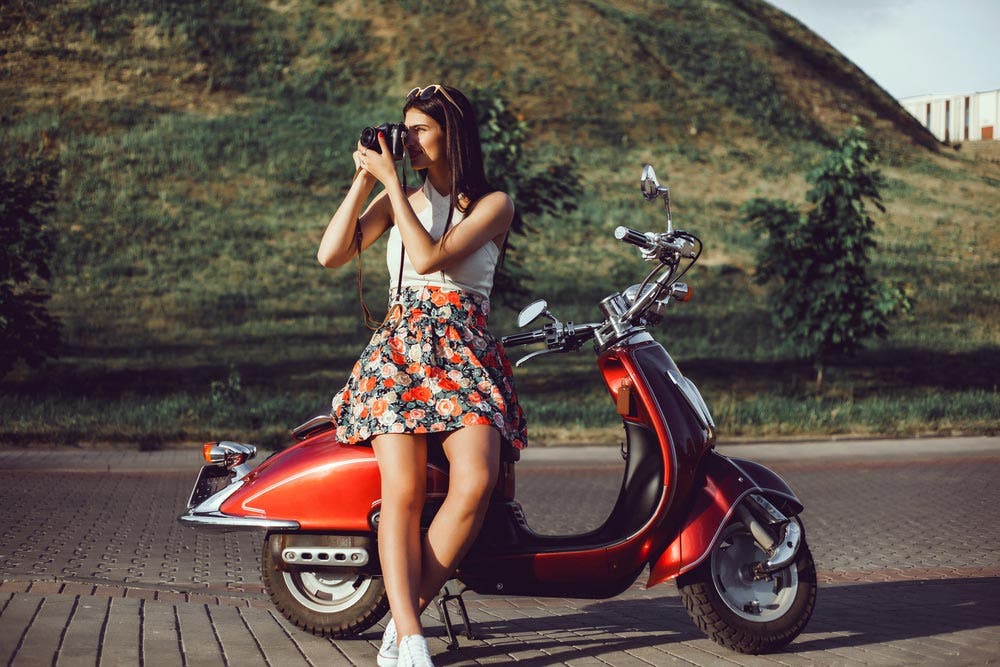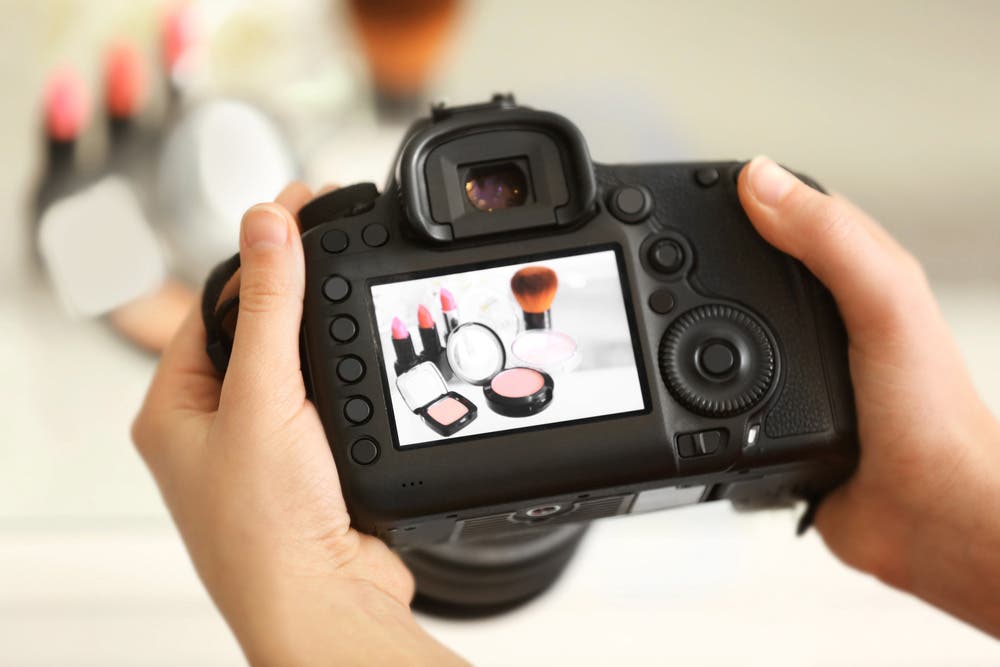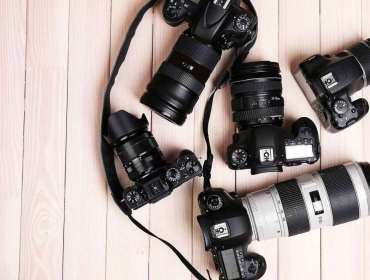A picture says a thousand words, but it can also generate thousands of dollars for brands. Such is the case for photo advertisements that are able to thoughtfully market products and services while effectively delivering the brand’s message to the consumer.
Companies and brands spend a fortune on their marketing efforts, including marketing teams and other creative professionals who can help them create effective photo advertisements. Of course, that includes artists and photographers who work hard doubly in coming up with unique and strategic ads that will attract buyers and consumers.
Nowadays, they don’t just catch the consumer’s attention with plain advertisements featuring standalone images of a product. While this still works for well-established and popular brands, many companies choose to subtly but effectively advertise their products with the right use of product placement or placement promotion.
Why is product placement important?

Photo advertisements that utilize this technique usually look more natural, as they feature products or brand names in relevant or appropriate scenes or settings—like an office space or even outdoors—and with other things that complement the product in order to set the tone for the ad and send its intended message to the audience. Some ads might even include a human subject (model) or two to exhibit how a product is used or how it can potentially affect their lives for the better.
Despite the presence of other elements when using this technique, brands are particularly careful about composing the image in such a way that the product remains to be prominent even when it’s not the main focal point.

So why does it work? Product placement helps companies establish or change their brand image. At the same time, it influences consumer attitudes and preferences toward a product or brand by evoking emotional responses from audiences.
If consumers can relate to your ad and they end up feeling any kind of positive emotional response (even if they’re not familiar with the brand), they’re more likely to remember and purchase it. Some of the most powerful advertisements don’t always rely on popular brand logos but on effective product placements.
With that said, it’s not just celebrities and social media influencers who do product placements. Photographers who are looking to sell their work or get noticed by brands can try their luck in incorporating product placements in their photos, and if the photo meets a certain brand’s standards or interests them in any way, they might just pay you for it—or hire you for a more long-term project.
To create effective product placement photos for your portfolio or social media, we’ve provided some tips below, as well as a quick video tutorial on product photography.
Product Photography Tips:

- Use the right lens
- Get creative with your lighting
- Use the correct white balance
- Include complementary elements
- Experiment with different compositions
- Add negative space
- Consider your target audience
Good product placement alone is not enough to create a meaningful and effective photo advertisement. Of course, you’ll have to make sure that your product is properly photographed and portrayed in your image. Below are just some of the most important tips that you can follow for taking good product photos, especially for advertisements.
Use the right lens
The general rule for product photography is to stay away from wide-angle lenses, as they tend to distort your product. It’s best to use a 35mm or 50mm lens, which can effortlessly capture your subjects as they look in real life. Macro lenses are also preferred to significantly enlarge products than life-size.
However, you may still want to be open to using a wide-angle lens, especially if it’s all you have. In some cases, it may even be required, especially if your composition must include elements that require you to fit more into the frame, such as a sprawling landscape for the background or a group of people using the product.

Get creative with your lighting
It goes without saying that a good photo should have good lighting. It’s also the best way to establish the prominence of a certain element within an image, particularly when shooting a product placement photo where the product isn’t always meant to take center stage. Your lighting will largely depend on your composition, but the rule of thumb is to ensure that the most important elements—your subject and the product—are prominent and well-exposed.
It’s much easier to do this when shooting where there is sufficient, diffused sunlight while shooting outdoors, but you may need to customize your lighting when shooting indoors or in low-light conditions.
A soft box is commonly used in product photography to achieve soft, perfect lighting in all angles and to eliminate shadows. You can also use external flashes, spotlights, reflectors, and other lighting tools to create enough lighting and achieve good overall image exposure for your subject, as well as other elements in your image and parts of the scene.
Use the correct white balance
Having inaccurate product colors usually equals to false advertisement. Using the right white balance is crucial, especially for cosmetics, fashion items, and other products that have multiple colors in them. While there’s always a possibility that the ad composition will change during post-processing and you might use color filters for the entire image (if a slight change in color won’t affect the product’s recognizability and performance), it’s always better to be on the safe side.
Include complementary elements
One way of improving your product photo and making your promotional intent more subtle is to include other items that go with your featured product. As you will see in the video tutorial above, the photographer includes other makeup items (a makeup brush and another cosmetic product) to complement the featured blush palette. This way, it looks more like a complete set and would potentially attract more buyers.
Depending on your ad composition, you may want to include more than three items in your frame (especially when establishing a particular scene or setting for your product), but the ideal number of subjects for a tighter frame is three. This should help your image have just enough visual interaction that is neither incomplete nor too complex for your viewers.
One of these elements (and this should go without saying) should be a human subject—or possibly an animal subject, if the product requires it. Product advertisements usually feature a model who is shown posing with the product or using it, as this is an effective way to connect with consumers on a more personal level. Adding that human element can also help increase the product’s appeal, particularly if the model is shown exhibiting the emotion (such as happiness or satisfaction) that you want consumers to associate with your product.
Experiment with different compositions
Before the day of the shoot, spend a little more time figuring out different compositions that you want to try out. While shooting, you may still want to try shooting from different angles, focal lengths, at different lighting conditions, and in different scenes. This should include experimenting with different product placements, as long as your time and resources permit them. Even if you end up going with your original composition, you’ll at least have back up images—especially when you or the brand decide to release a different ad for the same product.

Add negative space
Product photos are generally for advertisements, so they will most likely be published with a logo or slogan that will be added later during post-processing for social media promotion or even storefront prints. This means you’ll need to add some negative space beside or around the edges of your image by zooming out, reframing, or adding image padding during post-processing.
It helps to already plan the final outcome during composition so you don’t have to ruin the shot with an unattractive image border, do major photo manipulations or, worse, redo the shoot just to allow the added elements to fit in your image.
Adding negative space also allows you to bring prominence to the product while ensuring that the photo’s promotional intent remains subtle.
Consider your target audience
If you were to choose one tip to remember, it should be this. If you can call the shots in regard to what your product advertisement would look like, you should always think of your target audience. Consider how others—or even you—would want to perceive the product in the ad to help you decide on the best composition, presentation, and product placement.






